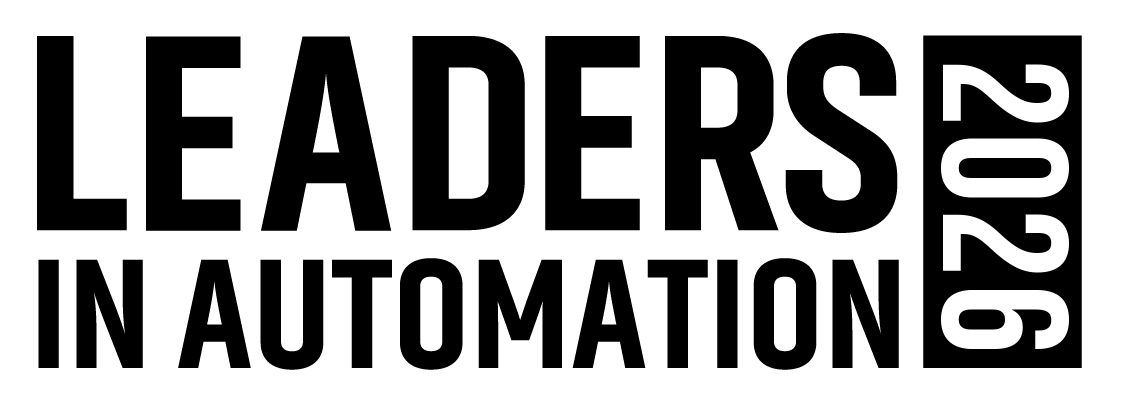A new competitive advantage is emerging for U.S. petrochemical producers, according to Martha Moore, senior director for policy analysis and economics at the American Chemistry Council (ACC, www.americanchemistry.com), Washington, D.C.
Plentiful shale gas and the ethane it contains create the advantage. In the United States, it’s historically cheaper to crack ethane, propane and other natural gas liquids (NGLs), all natural-gas derivatives, than it is to crack naphtha, a crude-oil derivative, Moore explains. “Now, nearly 90 percent of North American ethylene is derived from NGLs,” she says.
Mid-March saw announcements about new crackers. Houston-based Shell Oil Co. (www.shell.com) selected Monaca, Pa., northwest of Pittsburgh, for a multi-billion-dollar facility. South Charleston, W.Va.-based Aither Chemicals (www.aitherchem.com) chose West Virginia’s Kanawha Valley for a $330-million cracking unit. The Marcellus Shale Play, which underlies part of the Appalachians, will supply the plants.
Regarding shale gas’ influence, “we’ve heard anecdotally that the United States is the global low-cost PVC [polyvinyl chloride] manufacturer,” Moore says. That comes from the Brent-oil-to-Henry-Hub natural gas price ratio. As a rough rule of thumb, when that ratio is above 6:1 or 7:1, it enhances the competitiveness of Gulf Coast-based petrochemicals and derivatives. In March’s first week, that ratio was 48:1, she says.
Overall, chemical manufacturers continue to focus on improving efficiencies and on new leading-edge product innovations, as well as strengthening research and development (R&D) activities, states Moore in ACC’s “Year-End 2011 Situation & Outlook,” published last December. “R&D spending is expected to increase 4.0 percent to $59.7 billion in 2012,” she says.
Chemicals also will see lots of capital expenditures, observes Kris Dornan, process end user marketing manager with Rockwell Automation’s (www.rockwellautomation.com) global sales and marketing team in Mayfield Heights, Ohio. ACC forecasts capital spending in the U.S. in 2012 will rise 7.3 percent, to $31.5 billion.
C. Kenna Amos, [email protected], is an Automation World Contributing Editor.
About the Author
C. Kenna Amos
Contributing Editor

Leaders relevant to this article: